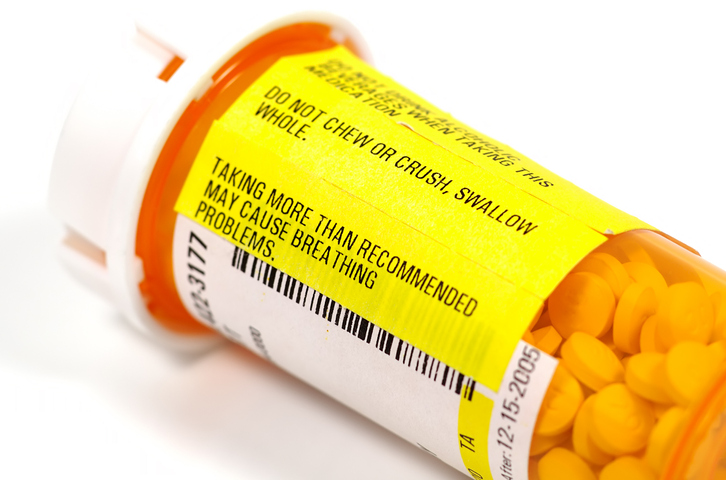Best Practices for Labeling and Filing in Your Pharmacy
Posted by Total Pharmacy Supply on Mar 16th 2023

Labeling and filing medication can be a daunting task for pharmacists and pharmacy technicians. With so much at stake, it's important to ensure that your labeling and filing practices are up to par.
A survey on medication safety from Luminer revealed startling findings that reinforced the need for better labeling solutions. According to the report:
- 31% had taken prescriptions that aren’t meant for them
- 54% did not check the labeling to ensure the medication isn’t a counterfeit.
- 35% were also confused about the medication instructions.
With these findings in mind, it’s important for pharmacists and pharmacy technicians to understand the best practices when it comes to labeling and filing medications. Here are a few tips:
1. Ensure that labels include all essential information. Include the patient's name, date of birth, medication name (including strength and dosage form), dose, prescriber's name and contact information, date dispensed, the pharmacy’s name and address, expiration date, directions for proper use and storage, etc.
2. Use preprinted labels whenever possible to reduce errors. Preprinted labels enable pharmacists to easily incorporate essential information from the prescription into their medication labeling system.
3. Use a color-coded label system. Implementing a color-coding system can help pharmacists quickly identify the medication and ensure that it is properly stored in the right location.
4. Create an organized filing system for medications. Have a dedicated area to store all prescriptions, OTCs, and other medications. Make sure each medication has its own label and can easily be identified.
5. File medications alphabetically. This will make it easier for pharmacists and pharmacy technicians to find the correct medication quickly and easily.
6. Verify that all information on the label is accurate before dispensing a medication. Double-check all information to ensure accuracy, as incorrect labels can lead to serious consequences down the line.
7. Train staff. Make sure that all pharmacy technicians and pharmacists understand the importance of proper labeling and filing techniques. This will help ensure everyone is on the same page when it comes to medication safety and accuracy.
8. Develop a procedure for handling returned medications. Have a designated area to store any medications that have been returned or recalled, and be sure to update the labels on these items as soon as possible.
9. Utilize expiration date reminders. Establish a system that reminds you when medication is expiring so you can replace it in a timely manner and avoid dispensing expired medication accidentally.
By following these best practices for labeling and filing medication, pharmacists and pharmacy technicians can help protect their patients from mistakes caused by incorrect labeling. It's important to take the necessary steps to ensure accuracy and safety when dispensing medications to avoid any unnecessary risks.
